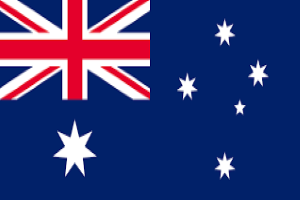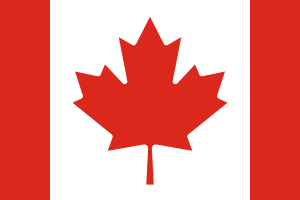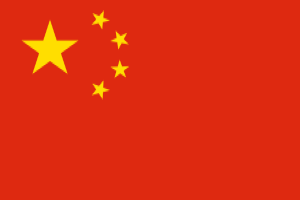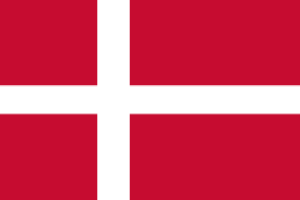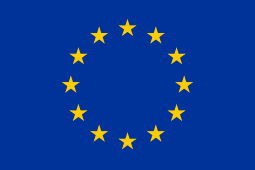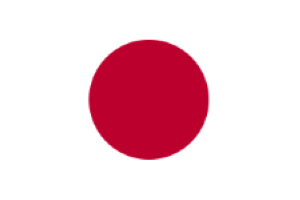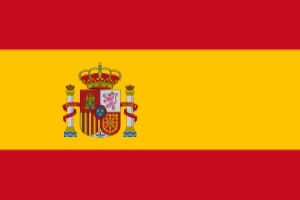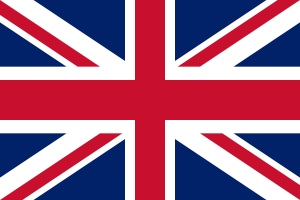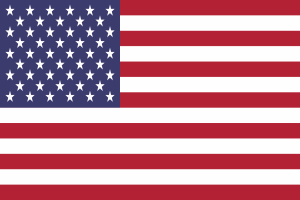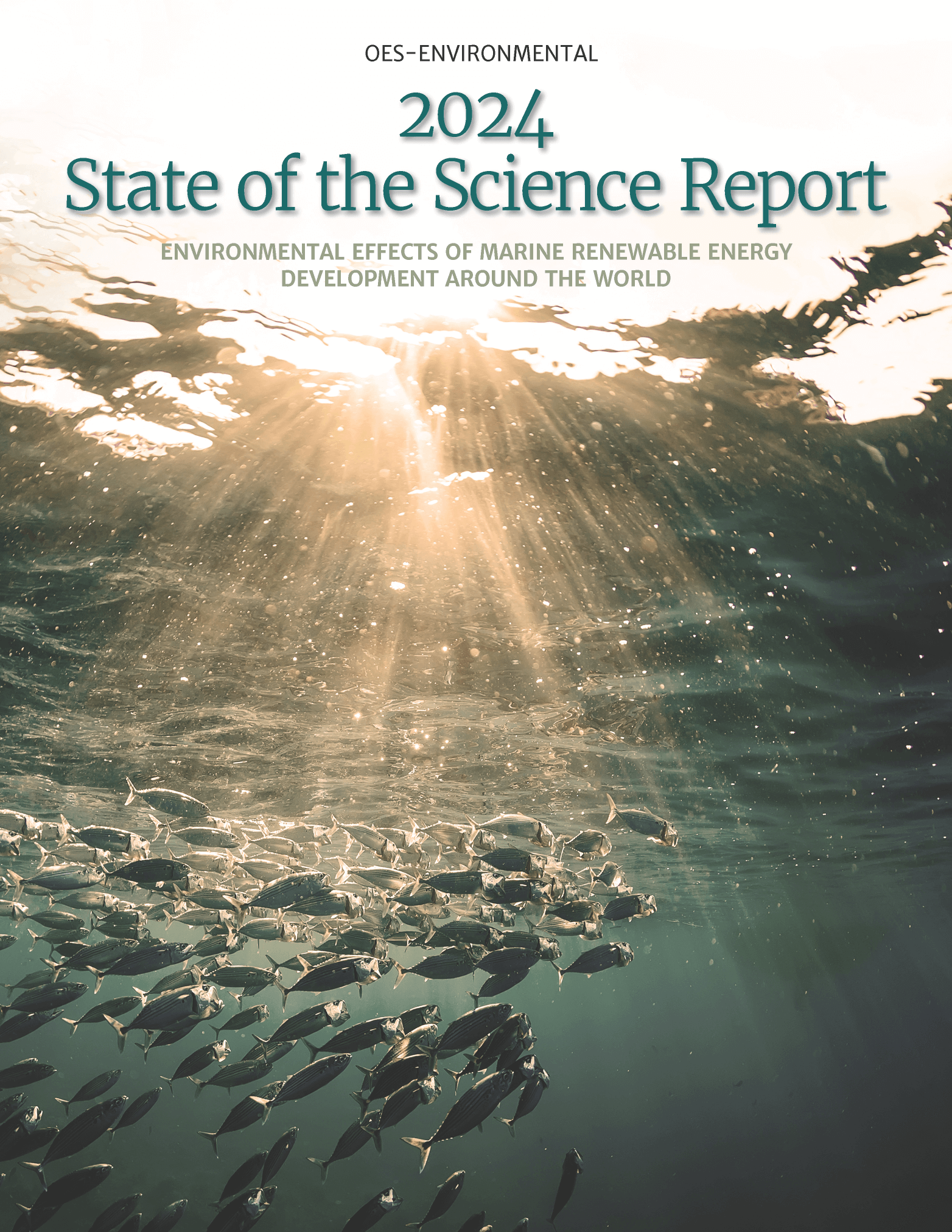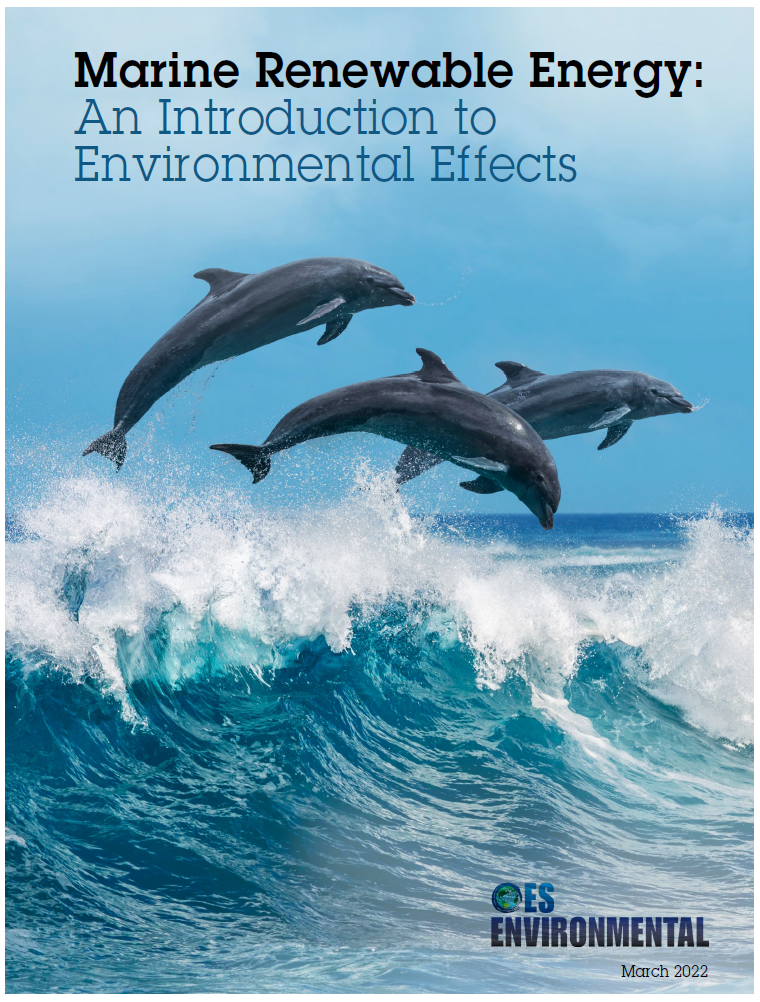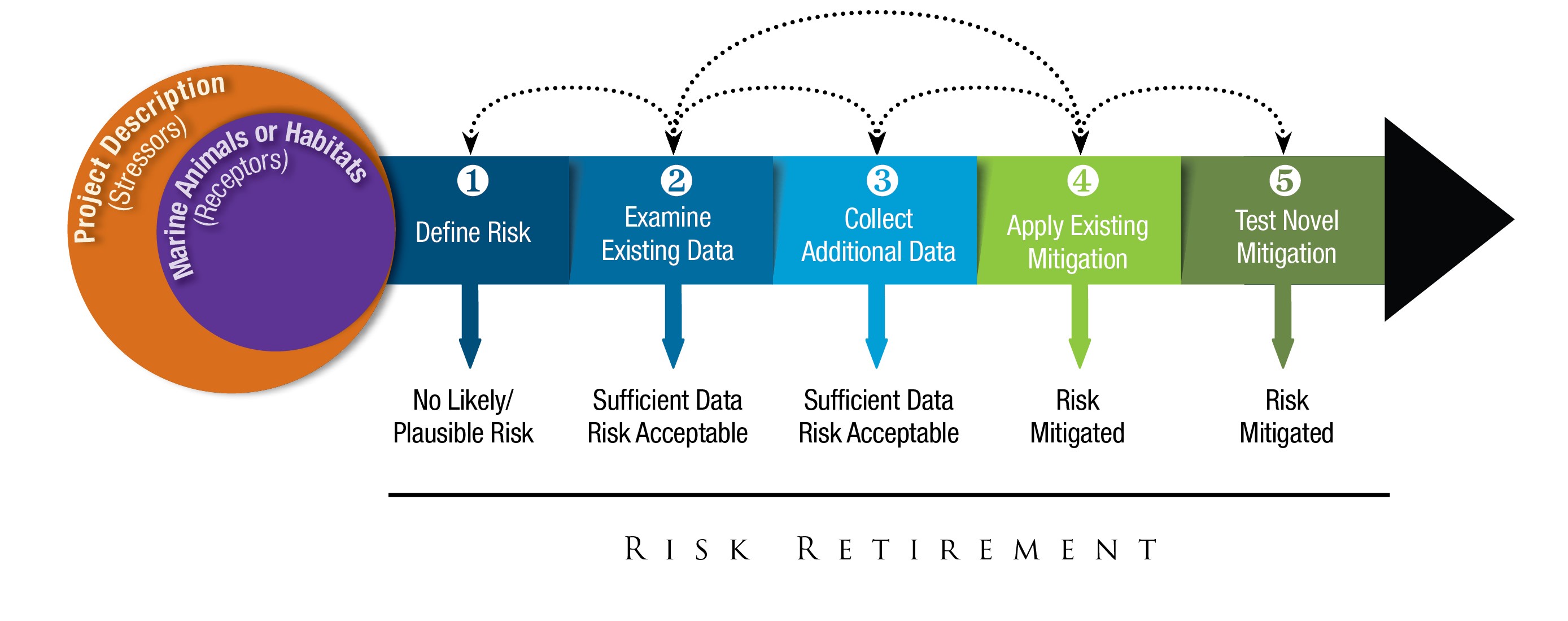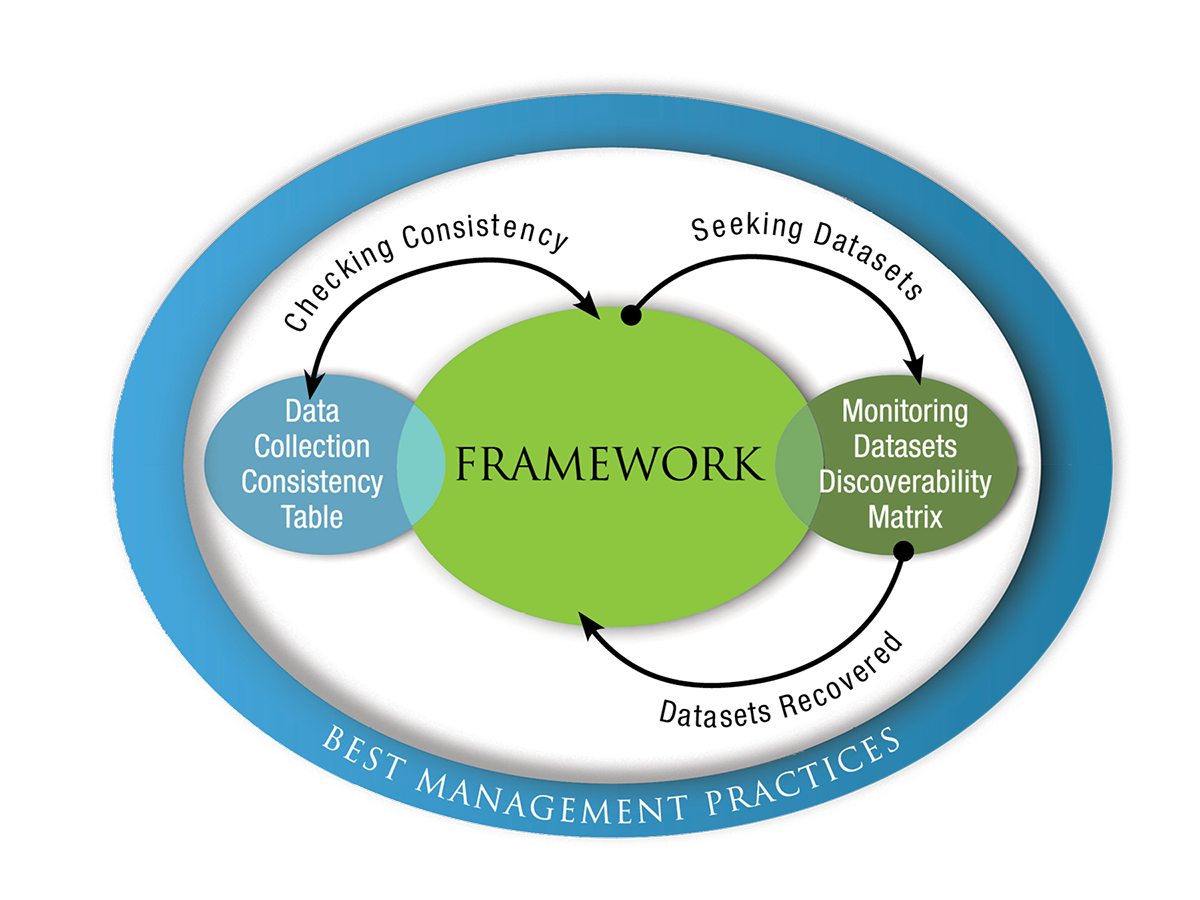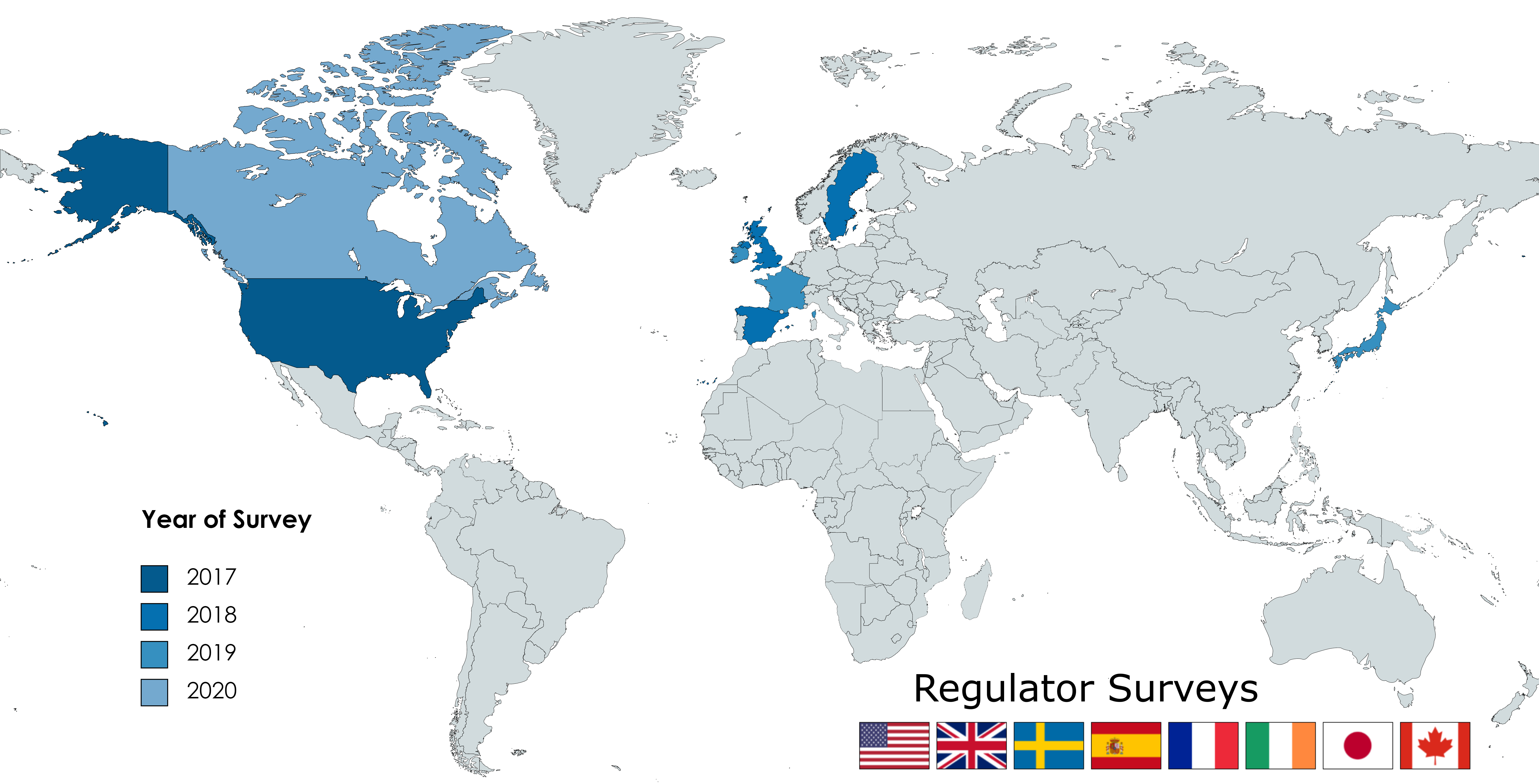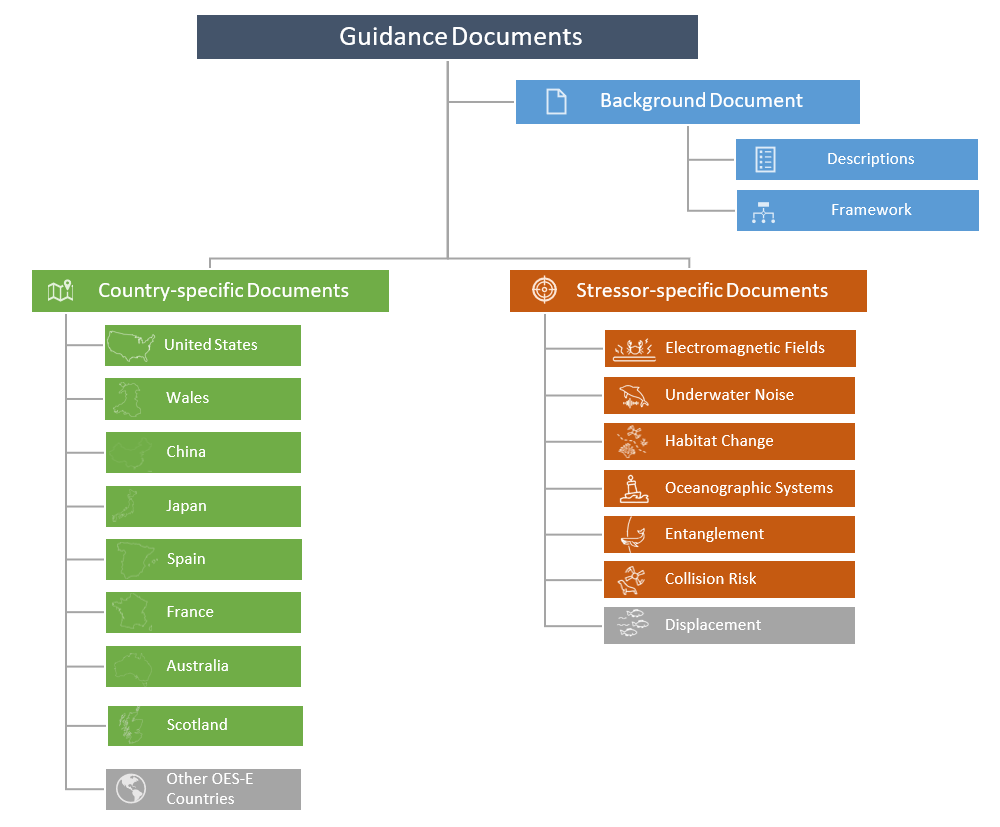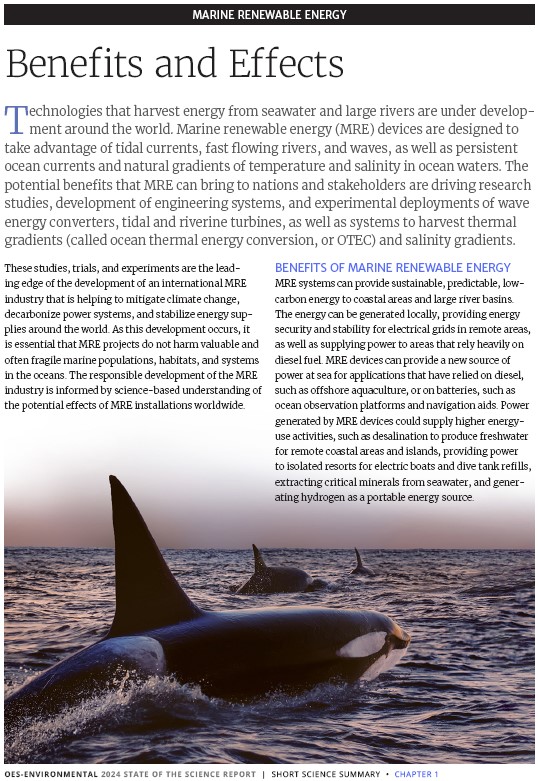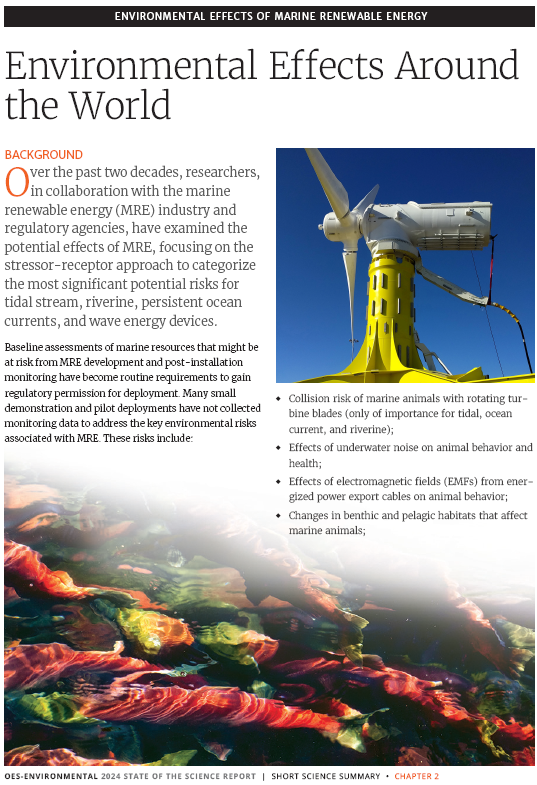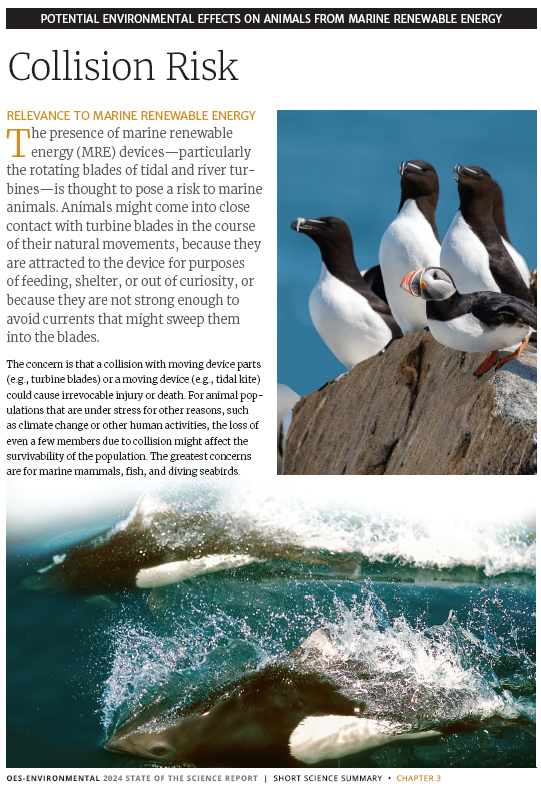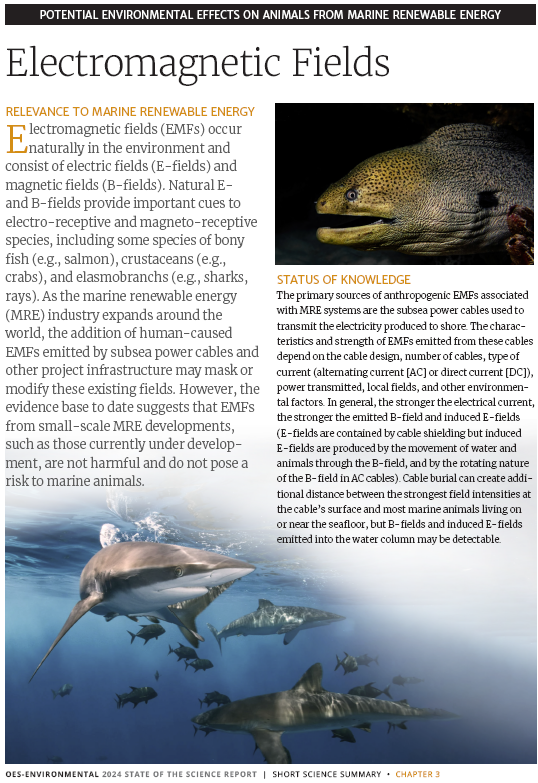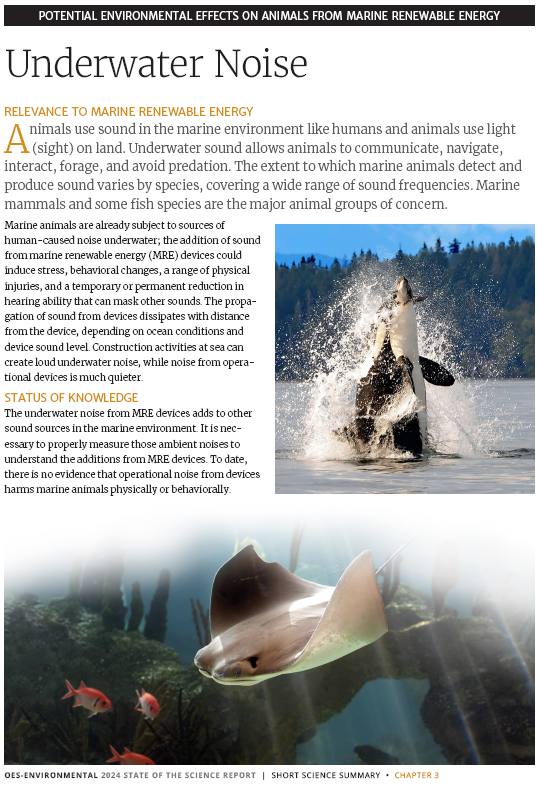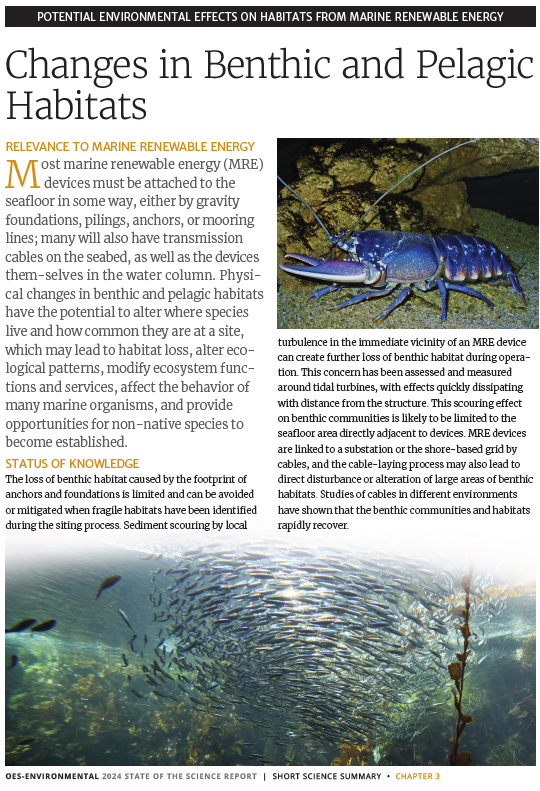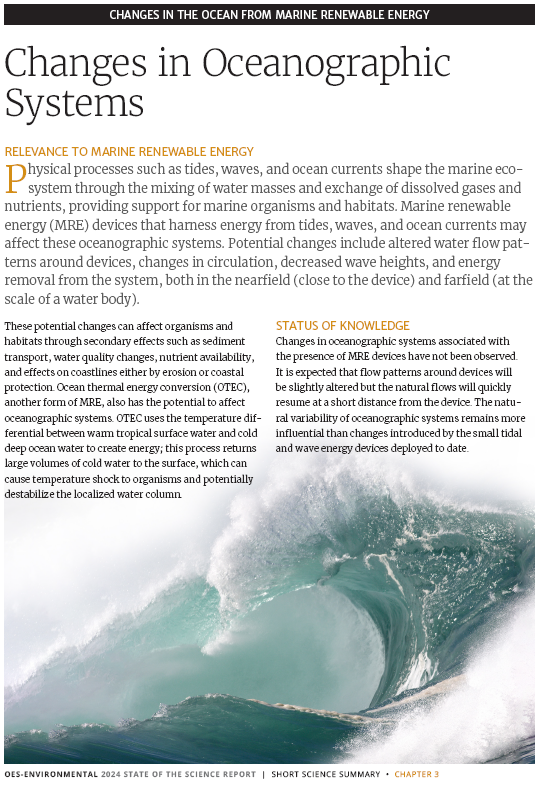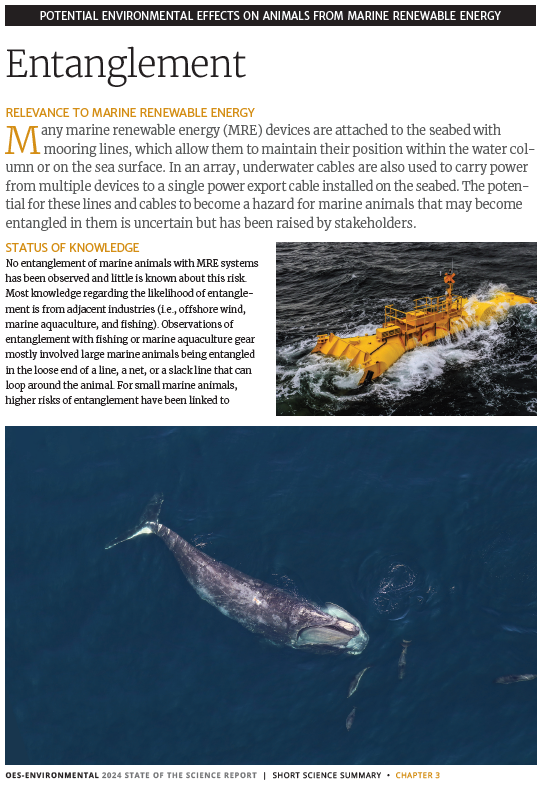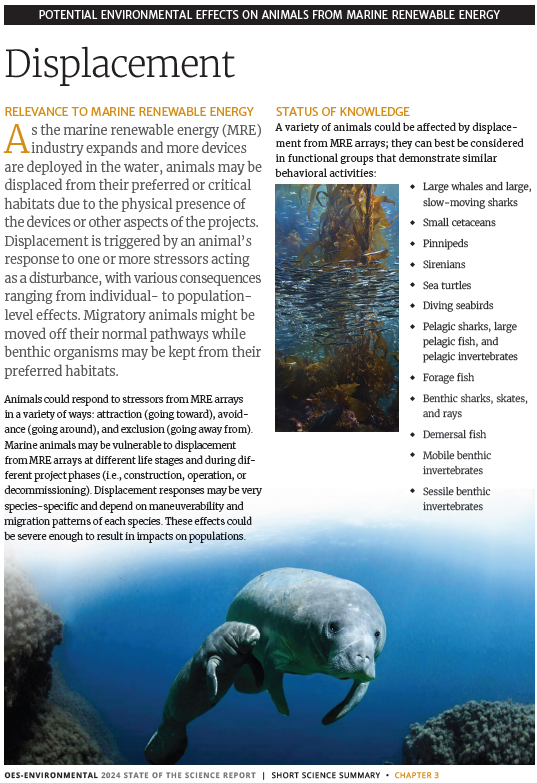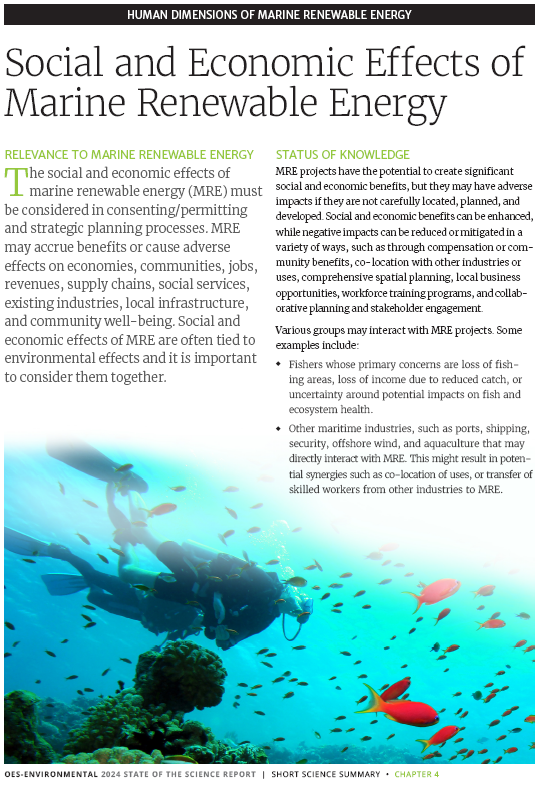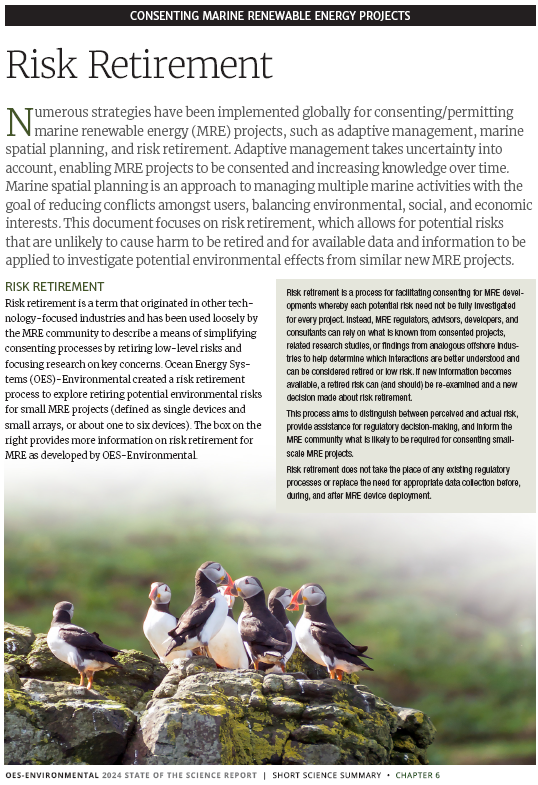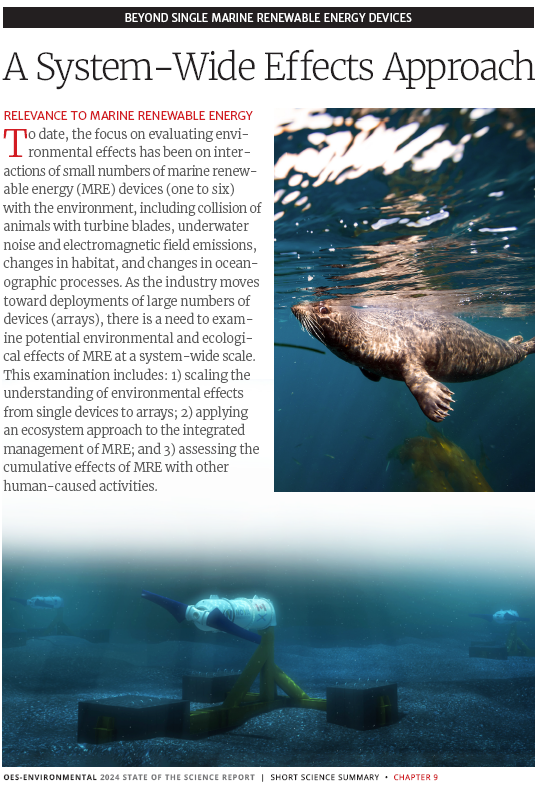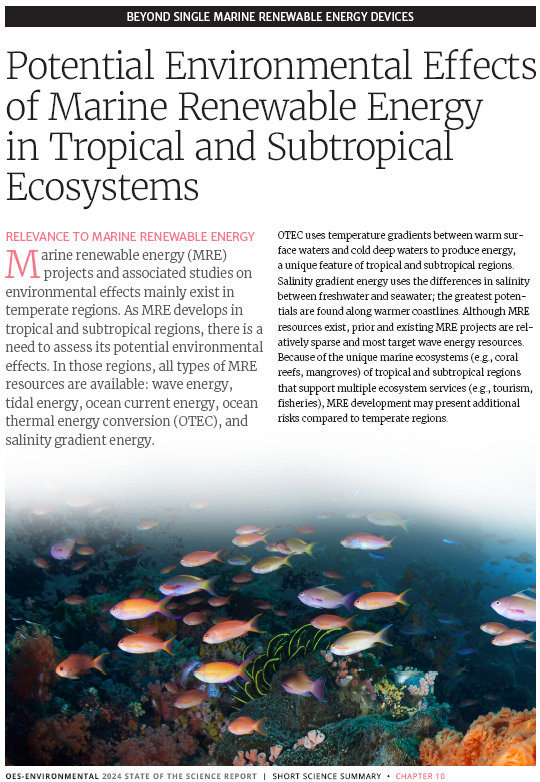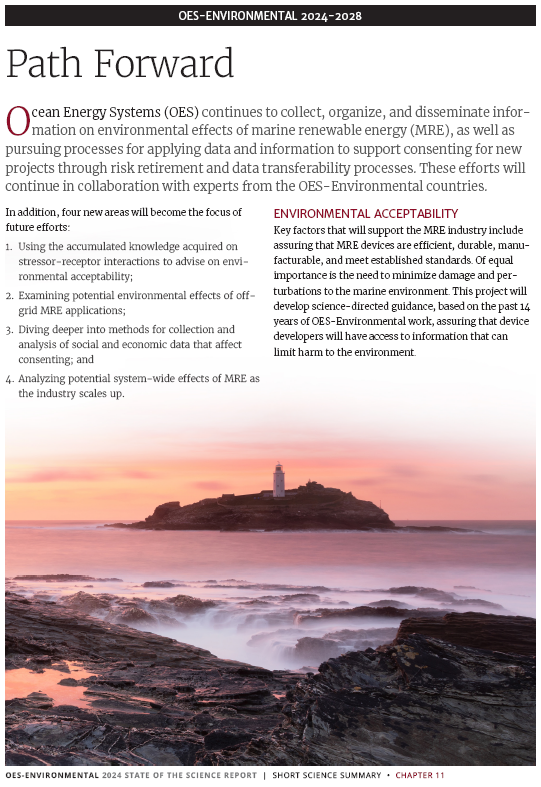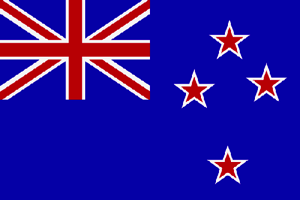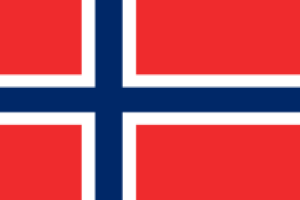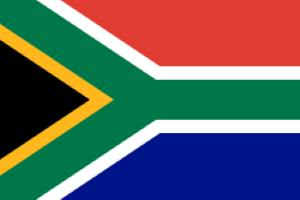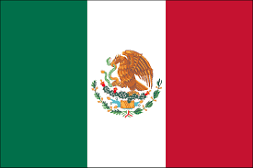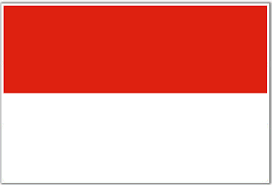OES-Environmental (formerly known as Annex IV) was established by the International Energy Agency (IEA) Ocean Energy Systems (OES) in January 2010 to examine environmental effects of marine energy development. The U.S. Department of Energy (DOE) leads the tasks for the United States, partnered with the U.S. Bureau of Ocean Energy Management (BOEM) and the U.S. National Oceanic and Atmospheric Administration (NOAA). OES-Environmental is implemented by Pacific Northwest National Laboratory (PNNL), who acts as the Operating Agent. Tethys acts as the platform on which OES-Environmental activities are coordinated and recorded.
Marine energy is an emerging industry that faces regulatory challenges associated with potential environmental impacts, around which there is a high degree of uncertainty. OES-Environmental mobilizes information and practitioners from OES nations to coordinate research that can progress the industry in an environmentally responsible manner. A key component of this effort involves making existing information available and accessible.
To access the member-only collaborative space, visit the OES-Environmental Members Page.
Countries currently involved in OES-Environmental (16), as well as the European Commission:
Notable OES-Environmental Products
OES-Environmental (formerly known as Annex IV) synthesizes information and scientific research on a global scale about marine energy and the environment into collaborative reports and documents. Additionally, OES-Environmental hosts workshops and webinars to bring researchers together around environmental effects research and supports environmental effects tracks at international conferences. Many of these products can be found under the Broadcasts tab.
Click on the images below to view some recent notable publications.
Click on the figures below to find more information about Risk Retirement and Data Transferability:
Click on the figures below to learn more about collaboration with regulators in the Regulator Surveys and the Guidance Documents for Risk Retirement.
OES-Environmental Short Science Summaries
OES-Environmental develops short science summaries that synthesize scientific understanding about a specific environmental interaction or management topic. The summaries are updated on a 1-2 year basis to reflect new findings and understanding.
Click the cover of a summary to view, download, or review relevant literature on that topic.
OES-Environmental Webinars and Workshops
OES-Environmental hosts webinars featuring international experts on environmental effects of importance to the marine energy industry as a means to effectively disseminate new information and research efforts across a large international stakeholder audience. You can sign up to receive invitations to live webinars. Past webinars are archived on Tethys, along with the associated video and presentations, as available.
OES-Environmental organizes workshops, often in conjunction with conferences, focused on specific aspects of environmental effects of marine energy. Recordings, presentations, reports, and descriptions from these workshops are archived on Tethys.
Tools and Resources
OES-Environmental has developed the following tools to provide information that may be useful for addressing many activities around environmental consenting/permitting. All are hosted on Tethys:
- Environmental Metadata: Metadata forms (questionnaires) are sent to project developers and researchers to solicit information about activities around the world, including marine energy deployments, monitoring, and research pertaining to the environmental effects. Metadata form templates can be found on the view.
- Monitoring Datasets Discoverability Matrix: This tool, the matrix, classifies monitoring datasets from already consented projects for six stressors (collision, underwater noise, electromagnetic fields, habitat change, displacement/barrier effects, changes to physical systems). The matrix will allow regulators and/or developers to discover datasets and evaluate the consistency of information from an already consented project that will allow for the transfer of data to future projects.
- Data Portal: This list includes references to environmental post-installation monitoring datasets conducted around marine energy deployments. The data may be accessible at an external website or from a listed point of contact.
- Management Measures Tool: This tool was designed based on input from researchers, regulators, and developers at a workshop organized by OES-Environmental held May 9th 2017 in Glasgow UK. The tool provides recommendations for a set of robust management measures might act as safeguards for marine animals and habitats until such time as definitive monitoring data become available to determine the level of risk from turbines and WECs.
- Regulatory Frameworks: A high-level summary of country-specific requirements for environmental consenting/permitting of marine energy devices (specifically wave and tidal) was collected for member countries of OES. This information is intended for general informative purposes only.
- Tethys Marine Renewable Energy Fact Sheet: This document provides information on various resources available on Tethys and from the OES-Environmental initiative, including the 2024 State of the Science Report.
OES-Environmental Partners
Tethys supports collaborative interactions among researchers, developers, regulators, and stakeholders for responsible development of marine energy. Notably, the Ocean Energy System's OES-Environmental initiative is supported by Tethys.
A partial list of strategic project partners is found in the table below. Click on the logo to be directed to each partner's external webpage.
| Partner | Description |
|---|---|
 |
Ocean Energy Systems (OES) is an intergovernmental collaboration between countries, which operates under a framework established by the International Energy Agency in Paris. OES-Environmental focuses on the environmental effects of ocean energy and is facilitated by the Tethys platform. |
 |
The mission of the U.S. Department of Energy (DOE) is to ensure America’s security and prosperity by addressing its energy, environmental and nuclear challenges through transformative science and technology solutions. Energy Efficiency and Renewable Energy's Wind Energy Technologies Office and Water Power Technologies Office supports Tethys and views Tethys as one of their major outreach programs. |
|
BOEM promotes energy independence, environmental protection and economic development through responsible, science-based management of offshore conventional and renewable energy and marine mineral resources. BOEM is a U.S. federal partner in OES-Environmental. |
|
 |
NOAA is a scientific agency within the United States Department of Commerce focused on the conditions of the oceans and the atmosphere. They conduct daily weather forecasts, severe storm warnings and climate monitoring to fisheries management, coastal restoration and support marine commerce. NOAA is a U.S. federal partner in OES-Environmental. |
 |
Aquatera Ltd. partnered with PNNL to implement Phase 2 of OES-Environmental and remains a committed partner on a contract basis for much of the ongoing work on wave and tidal energy. |
 |
INORE is a network of young researchers involved in renewable energy, with their main focus on offshore renewables. They bring together researchers from around the world to interact, collaborate, and share knowledge. INORE members use Tethys as a resource and have contributed material to the knowledge base, while Tethys featured a Tethys Story. |
 |
The Natural Environment Research Council (NERC) is the leading funder of independent research, training, and innovation in environmental science in the United Kingdom. Publicly funded, NERC works closely with policymakers and industry to help sustain and benefit from natural resources, predict and respond to natural hazards, and understand environmental change. NERC is a partner through OES-Environmental. |
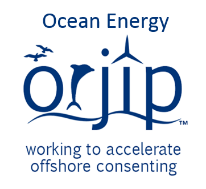 |
ORJIP Ocean Energy is a UK-wide collaborative program of environmental research with the aim of reducing consenting risks for wave and tidal projects. |
 |
Pacific Marine Energy Center (PMEC) is an umbrella organization that unifies testing, research & development, and educational programs in marine energy across Oregon State University (lead), the University of Washington, and the University of Alaska Fairbanks. |
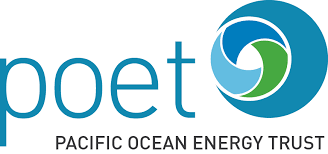 |
Pacific Ocean Energy Trust (POET) has been a partner with OES-Environmental in organizing conferences, workshops, and webinars around the environmental effects of marine energy. In particular, the Ocean Renewable Energy Conference (OREC) was used for several workshops on retiring risk. |
History of OES-Environmental
OES-Environmental began in 2010 and has progressed through five phases, as summarized below.
Phase 1: 2010-2013
OES-Environmental (the task formerly known as Annex IV) member countries collaborated to create a searchable, publicly available database of research and monitoring information to evaluate environmental effects. The database, housed in the Tethys Knowledge Base, includes data from marine energy projects, research studies and case study reports. Two international scientific workshops were held to provide input for the database and to inform the 2013 Final Annex IV Report.
Partner Nations (6):
Phase 2: 2013-2016
OES-Environmental (the task formerly known as Annex IV) was continued for a second phase, continuing the collection, analysis, and dissemination of information on environmental effects of marine energy development. During Phase 2, additional emphasis was placed on creating a collaborative space or commons for interaction among researchers, developers, regulators, and stakeholders. Phase 2 culminated with the preparation of the 2016 State of the Science Report, and partnership with the EWTEC 2015 international conference.
Partner Nations (13):
Phase 3: 2016-2020
OES-Environmental was approved for a 4-year extension consisting of three interrelated tracks: (1) information gathering and analysis, (2) information dissemination, and (3) engaging the community to support research and monitoring needs. Phase 3 culminated with the completion of the 2020 State of the Science Report.
Partner Nations (15):
Phase 4: 2020-2024
OES-Environmental was approved for a fourth phase to continue information gathering and outreach for key audiences: the MRE community, STEM students, and the interested public. New focus topics included ecosystem approach, cumulative effects, scaling up to arrays, tropical and subtropical ecosystems, and displacement. Phase 4 culminated with the completion of the 2024 State of the Science Report.
Partner Nations (16):
Phase 5: 2024-2028
OES-Environmental has been approved for Phase 5, which will include an increased focus on off-grid aquaculture, social and economic effects, and delving into system-wide effects. It will culminate in a State of the Science Report in 2028.
Other OES Tasks
Ocean Energy Systems (OES) is the short name for the Technology Collaboration Programme on Ocean Energy Systems, an intergovernmental collaboration between countries, founded in 2001, which operates under a framework established by the International Energy Agency (IEA) in Paris.
Established in 1974, the International Energy Agency (IEA) carries out a comprehensive program of energy co-operation for its 29 member countries and beyond by examining the full spectrum of energy issues and advocating policies that will enhance energy security, economic development, environmental awareness and engagement worldwide.
There are multiple tasks carried out under OES. The complete list can be found here.
Contact Information
Any questions related to OES-Environmental can be directed to the following individuals, who are leading the initiative:
- Andrea Copping, Pacific Northwest National Laboratory
- Lysel Garavelli, Pacific Northwest National Laboratory
- Samantha Eaves, U.S. Department of Energy

